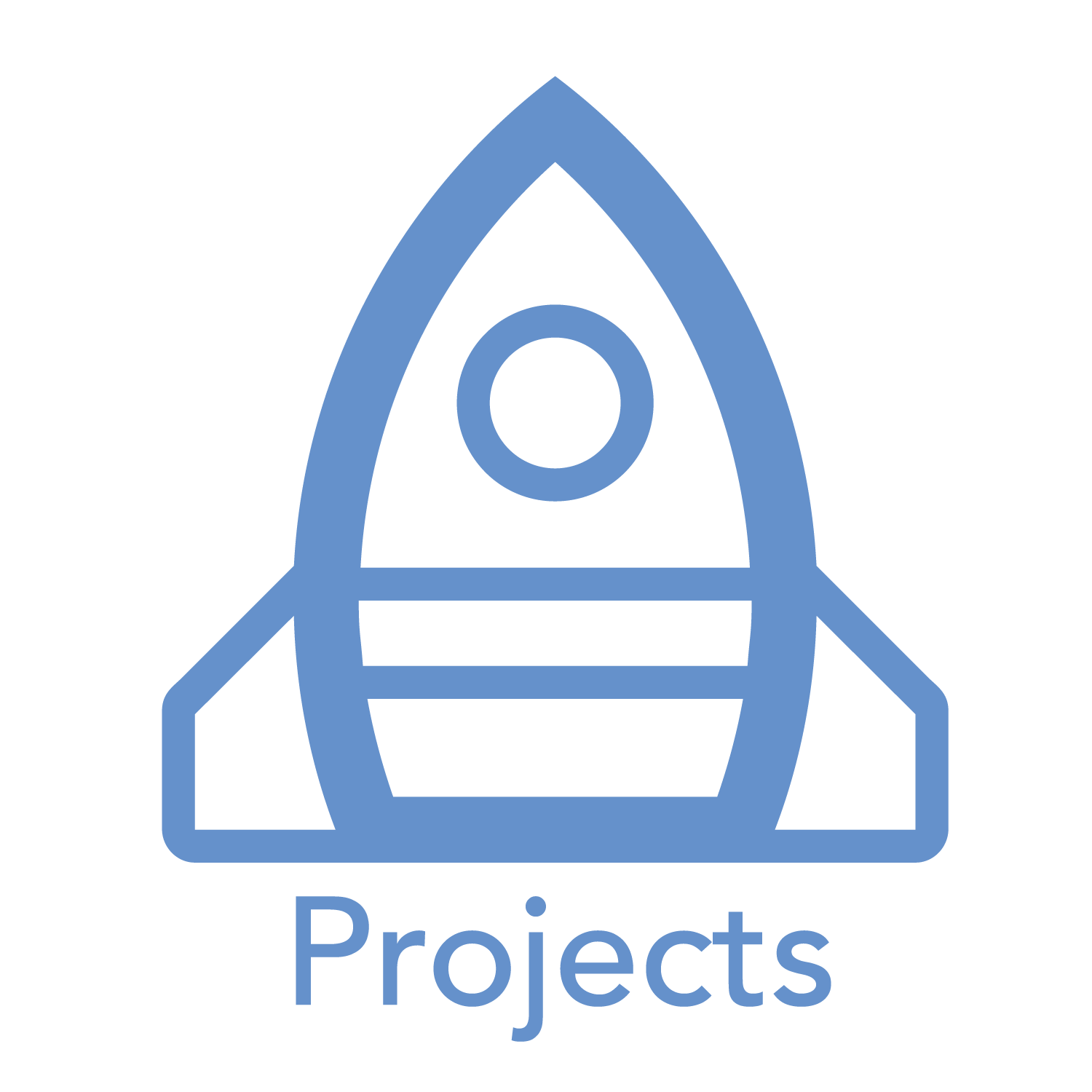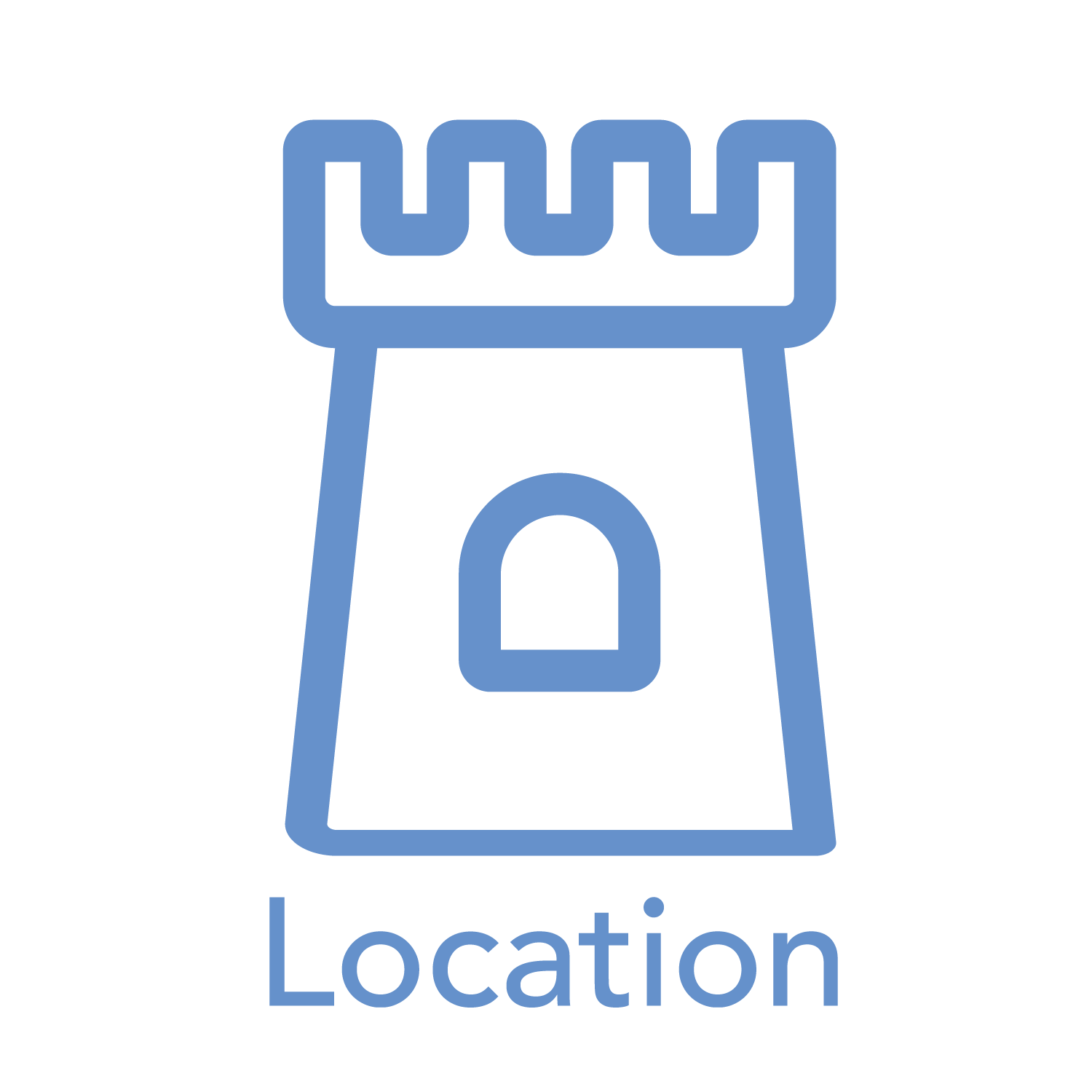Parent Resources
Essays on Homeschooling & Learner-Centered Education
TDA Blog May.2024: “Is Homeschooling a Better Education?”
Q; What is it about homeschool; why do some parents claim it’s superior?
A: Well, first: it’s not always. A good half or so of all kids out there seemingly thrive in the mainstream school model.
But, yes, for some kids, it’s the best possible education choice - and by that, we specifically mean: you can get better outcomes for the kids, both during their educational career —and beyond, into their adult life. Not just scores, but real life achievement as well as, according to decades of research by scientists like Dr Peter Gray, better mental health and longer life, too.
Kids aren’t standardized, despite what test-selling companies would prefer to have us believe. In fact, some kids are really quite far away from ‘the median’.
We’re talking about the kids who are super-creative, enthusiastic about arts, great actors & pretenders, uninhibited story-makers, amazing snowman sculptors, and those who feel and care deeper than most other kids. Daydreamers. Makers. Experimenters. Kids who make interesting connections between ideas. Kids who would play two hours at recess or experimenting in the bath if only someone would let them (If you’re thinking of the title character of ‘Calvin & Hobbes’, that’s ok: that’s one of our favorite kinds of students).
These are the kids with extra heart and extra fire. Kids who can’t help but hum songs to themselves. Kids who draw or drum as an expression of their ‘fidgeting’.
And arguably more than any other kind of kid helped by this alternative education are those kids with extra challenges or needs -whether that’s ADHD, dyslexia, giftedness, severe Type I diabetes, dysgraphia, hearing or sight impaired, neurodivergence, or other talents or challenges— these students often respond exceedingly well to homeschool (and learner-centered education in general) for a number of evidence-based reasons, the chief of which is that learning in the smallest possible class-size means that Individualized Instruction is literal, not just a soundbite.
Individualized instruction, 1-on-1 care, is affirming. And it’s uniquely effective at addressing needs. Lessons can be custom tuned to what each learner needs; support and extra work can be put into areas that need scaffolding; strengths & talents can be explored further; interests and passions aren’t a distraction or liability, they’re amazing assets — raw beneficial energy to be lasso’d & ridden forward. This positivity has a profound effect on self-confidence as well: their distinctions are their gifts.
In an environment like our unique classroom at Three Dragons, confidence can be nurtured and bloom.
Got a kid who wants to play music every time they see an instrument? What if their every academic day offered an entire music area, with a Baby Grand piano, Djembe drum, Electric bass, and dozens of other instruments, plus encouragement to experiment …and freedom to do so at any time of the day?
Or a kid who wants to write and design a play? Not only is there a stage and a trunk of costumes at TDA, but masks & props (and tools & raw materials to make more), as well as mentors with decades of professional experience to help guide them to their goals.
A young artist seeking expression but they haven’t been truly challenged or found their niche yet? How about an art area with three kinds of sculpting media, four kinds of painting options, mosaic tiles, charcoal and colorful pencils, and a dozen kinds of ink & papercraft art, and, again, a greenlight to go to this work anytime, for any duration, with skilled instructors with experience and wisdom to tap into.
In short; home education and a microacademy setting give these kids the very tools needed to grow well and be their best.
And kids who get these combos of evidence-based support and learner-centered education have their horizons broadened as well as expanded outward and forward; home based & other individualized instruction is ideal for letting these kids keep their original spark —and rather than falsely ‘standardize’ them, it shows them they don’t have to be held back from who they are, innately.
These kids are our future entrepreneurs, game designers, dancers, authors, olympic greats, stage directors, thinkers, chefs, and leaders.
As it happens, their intrepid spirit of innovation is exactly what colleges, as well as Fortune 500 companies, are seeking. Homeschool students often have a higher acceptance rate to universities, sometimes 21% higher than public schoolers (this is the case at Stanford, for example). CEOs seek innovators and creative problem solvers, and kids educated outside the mainstream retain much more of their creativity, per longitudinal Divergent Thinking tests (see: research & TED talks by Sir/Dr Ken Robinson).
These learners also show incredibly low illiteracy, dropout, teen delinquency/crime rates, too. So when people ask us ‘how is Homeschooling better?’, these differences -from recess to arts to college- is what we usually start with.
Then, if they’re receptive to learning more, we share how home education is often the antithesis of “school”: for example, homeschooling isn’t school at home - it always takes far less than 30-40 hours a weeks (often just a few hours a day); and we share how interdisciplinary studies are welcomed instead of putting subjects in silos (which has no evidence-based reasoning); and how all that extra non-study time means a fuller richer life of playdates, group lessons, and multiage play with other kids among the 45,000 homeschoolers in WA state.
There’s also a very human, personal answer as well; home education & truly individualized instruction means you can create an opportunity for both parent and child to share a bonding experience like no other. Your child learns the most important lesson of all, that they’ll carry into adulthood: how to love learning.
TDA Blog Dec.2023: “We Use Real Glass”
We use real glass.
Sure, it’s more readily recyclable than plastic. (And many would argue, it’s aesthetically superior). But that’s not why.
Our classroom ‘pouring works’ and magical potion-making camps use real glass because of risks & rewards. Because using glass comes with real consequences.
We all know, whether 6 or 60, that glass is breakable. The shards aren’t just a mess (and one that spreads far across a smooth wood floor like ours); they can cut you. The beautiful vessels we used in our classroom ‘works’ are destroyed when this happens, and are not easily replaceable. We specifically choose pouring vessels and glasses that are awkward or a little too tall. Glass means the trays are heavier, which makes them more likely for a 5 or 6 year old to lose control of the tray or one of the vessels.
Why?
Why aren’t we switching to safer, softer, less-breakable, plastic? Isn’t it risky?
Yes. That’s kinda the whole point.
Real life is risky. And this isn’t a truth you can hide from 6 year olds; it’s readily apparent.
‘Pouring works’ come in a number of varieties: usually we intro the work with a story like “imagine I’m serving my parents a couple of glasses of cider; how would I pour it carefully, nicely, and without too much mess?”
Pouring works, whether using liquids or dry materials, often are touted as developing ‘small motor skills’ - which they do, very well. When the water is whimsically colored, or the vessels are unusual or pretty, there’s an element of fun to doing the work as well: “I feel like I’m playing with magic water…” “You kinda are,” I say, “..and learning while playing and working on this”.
These overlooked works also can nurture a foundational, hands-on education in math and physics: portioning, noticing and tracking volumes, seeing how slowly-poured water dribbles down the face of some cups because of water’s nature to cling (adhesion, cohesion, atmospheric pressure, surface tension, pressure are all acting on the liquid… But (as lovers of teaching physics) we digress).
In TDA, the context of the classroom and learner-centered program is what changes and adds to the learning already available.
As the students are carefully balancing the glass, in its tray, as they remove it from the shelf to bring it to a work table, if that heavy & pretty glass breaks, it’s messy, dangerous, & seemingly ruins the way the tray is set up. The colorful water will spill and the work won’t be available again until everything is fixed - If it can be fixed: sometimes it can only be partially repaired/replaced.
In a classroom where a lot of effort goes into students feeling ownership over the whole classroom and program, this means the stakes have extra meaning.
- The child knows she has to clean up her mess herself. She knows the responsibility isn’t on anyone but them.
- That said, if a break or spill happens, they’ll find their classmates will rush over to help: reinforcing not merely empathy, but that they have a team who have their back. They find the teachers available to help if they need it or want it.
- The child knows he will distract and startle their friends if glass shatters.
- The lead teachers and classmates don’t get mad if (correction: when) glass items break. It’s accepted as an accident and forgiven before it even happens. These breaks are met with the simple validation of two truths: Items sometimes fall, and glass almost always breaks. [Also, we purposefully have a deep supply of alternate glass vessels in the back].
As a result, some choices are made by the kids, and lead teachers consistently see certain actions:
-the student first encountering this combination of risk and challenge takes extra time to consider
- they sometimes ask a peer with more experience for advice or help
- they minimize risk until they are more experienced or confident, and then they carefully challenge themselves to a little more risk, like choosing a table across the room.
- they make hard decisions: how to move that tray, the best route to take, the grip they might prefer.
Just like adults do.
This is why these types/genre of works are called “Practical Life”.
And as you can imagine, completion of a work that has extra risk built in does some other things:
- The students learn they are being trusted.
- The student learns balance: physical balance, and risk/reward balance.
- When they successfully keep the glass safe, the student experiences self-reliance. And their confidence is built up. And not built by an authority figure, nor a crowd: but by their own selves. In our opinions, this is the very best way: they learn to seek their own validation, and not to seek it from outside forces which they have no control over.
- If the glass were to fall and break -and it does- there’s another set of lessons: First; Mistakes are okay. 2. While it’s jarring and loud… the important things are okay; Life will okay, it’s just a simple & replaceable vessel 3. Failures can just be steps toward mastery. 4. Everyone heard it break - and half of them or more came over to help: that means my friends have my back. I should make sure to do the same for them. 5. If they’d been fearing it would be ‘bad’ to break the glass, it turned out that it wasn’t bad at all, it just WAS - i.e. they might start to see the wisdom of knowing that worry is just a misuse of the imagination.
In other words: Risk adds value to the lesson. And depth. And in addition to rewarding curiosity, it’s a chance to earn confidence that then the student can tap for risks of other kinds… like getting on stage in front of a crowd, or speaking up for themselves, or, for that matter, speaking up against something they know isn’t fair or right.
Kids seek out risk, because they know, or rather, (according to research by many scientists, including a lifetime of work by Sir Ken Robinson, Dr Maria Montessori, and by Dr Peter Gray) they have instinct to seek a small amount of risk in everything while the brain is still developing. Risk is the natural booster of childhood learning. So we use Real Glass.
Those little pouring vessels only cost 5 to 10 dollars, at most, to replace.
For how much each kid can get from risking breaking real glass, or even from the learning experience of when they sometimes break, we think it’s a steal.
Wilderness is Good for Kids!
It’s a shame kids aren’t allowed to pocket pine cones, rocks, and pick an occasional flower in parks. In the meantime, there's the Wilderness Awareness School, which includes a great Friday 9am – 3pm class that complements our TDA schedule.
And there's also the lovely Wild Child Seattle program at Carkeek Park for smaller folk.
And the Farm to Forest program in Duvall.
Other
Parent Map is a local parenting magazine (though topics tend to be mom-centric, they are generally journalistically balanced) with articles that range from informative and thoughtful, to stir-the-pot rhetorical. Their kids events calendar is the very best!
Tenzan Aikido (on Aurora Ave near Green Lake). Sensai Bruce Bookman is a world-class Aikido master and happens to be a great teacher too! (Look for lower-enrollment classes to take advantage of Sensei’s outstanding personal attention). Aikido is so much about fighting as it is about developing the link between mind and body. A kid’s membership at Tenzan Aikido means gets you unlimited classes!
Capitol Music (now Ted Brown Music) is the best music store in Seattle and a partner with our music appreciation programming. Their store manager, Asher, has been a guest musician for an electric guitar workshop at TDA!
Non-Virtual Activities
Exploding craft sticks chain reaction. And another version. Thanks, internet!





